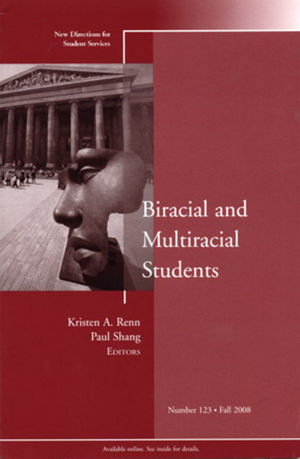The Blurring of the Lines: Children and Bans on Interrracial Unions and Same-Sex Marriages
Fordham Law Review
May 2008
Volume 76, Number 6
pages 2733-2770
Carlos A. Ball, Professor of Law and Judge Frederick Lacey Scholar
Rutgers University School of Law, Newark
When Richard Loving and Mildred Jeter drove from their hometown of Central Point, Virginia, to Washington, D.C., on June 2, 1958, in order to get married, Mildred was several months pregnant Later that year—a few weeks before the couple pled guilty to having violated Virginia’s antimiscegenation law—Mildred gave birth to a baby girl. Richard and Mildred had two more children, a son born in 1959 and a second daughter born a year after that.
The legal commentary on Loving v. Virginia usually does not discuss the fact that the couple had children. In some ways, this is not surprising given that their status as parents was not directly relevant to either their violation of the Virginia statute, or to their subsequent constitutional challenge to that law. Concerns about the creation of interracial children, however, were one of the primary reasons why antimiscegenation laws were first enacted in colonial America and why they were later adopted and retained by many states. It is not possible, in other words, to understand fully the historical roots and purposes of antimiscegenation laws without an assessment of the role that concerns related to interracial children played in their enactment and enforcement.
The offspring of interracial unions were threatening to whites primarily because they blurred the lines between what many of them understood to be a naturally superior white race and a naturally inferior black race. As long as there was a clear distinction between the two racial categories—in other words, as long as the two categories could be thought to be mutually exclusive—then the hierarchical racial regimes represented first by slavery, and later by legal segregation, could be more effectively defended. The existence of interracial children destabilized and threatened the understanding of racial groups as essentialized categories that existed prior to, and independent of, human norms and understandings. To put it differently, interracial children showed that racial categories, seemingly distinct and immutable, were instead highly malleable. Therefore, from a white supremacy perspective, it was important to try to deter the creation of interracial children as much as possible, and the ban on interracial marriage was a crucial means to attaining that goal.
Although it is possible to disagree on how much progress we have made as a society in de-essentializing race, it is (or it should be) clear that an essentialized and static understanding of race is both descriptively and normatively inconsistent with the multicultural American society in which we live. In fact, it would seem that we have made more progress in deessentializing race than we have in de-essentializing sex/gender. One of the best examples of this difference in progress is that while we no longer, as a legal matter, think of the intersection of race and marriage in essentialized ways, legal arguments against same-sex marriage are still very much grounded in an essentialized (and binary) understanding of sex/gender.
The conservative critique of same-sex marriage is premised on the idea that men and women are different in essential and complementary ways and that these differences justify the denial of marriage to same-sex couples. One of the most important of these differences relate to the raising of children. The reasoning—which is found in the arguments of conservative commentators, in the briefs of states defending same-sex marriage bans, and in some of the judicial opinions upholding those bans—is that there is something unique to women as mothers and something (separately) unique to men as fathers that makes different-sex couples able to parent in certain valuable ways that same-sex couples cannot.
These arguments continue to resonate legally and politically because our laws and culture continue to think about sex/gender in essentialized and binary ways. In fact, one of the reasons why same-sex marriage is so threatening to so many is that the raising of children by same-sex couples blurs the boundaries of seemingly preexisting and static sex/gender categories in the same way that the progeny of interracial unions blur seemingly preexisting and static racial categories…
Read the entire article here.






